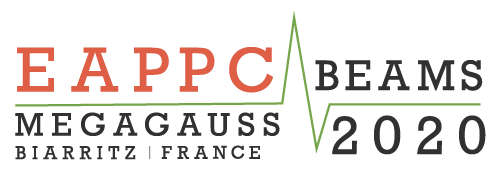About This Project
Dave AMPLEFORD
Bio
Dave Ampleford received the MSci degree in physics and the PhD in plasma physics from Imperial College London in 2001 and 2005, respectively. He has led experiments on the Z pulsed power generator aimed at investigating the stagnation morphology observed in Magnetized Liner Inertial Fusion and experiments using the Z generator to develop bright x-ray sources. Dr Ampleford currently manages the fusion experiments organization at Sandia National Laboratories, overseeing ICF experiments and neutron diagnostic development on Sandia’s Z machine. In 2014 Dr Ampleford received the IEEE Nuclear and Plasma Sciences Society Early Achievement Award. He has more than 90 refereed journal publications.
Abstract
Opportunities and challenges in Magnetized Liner Inertial Fusion
Magnetized Liner Inertial Fusion (MagLIF) provides a promising path to multi-MJ fusion yields in the laboratory. MagLIF is a magneto-inertial fusion scheme that relies on magnetic field coils to pre-magnetize a fusion fuel, a high-power laser pulse to pre-heat the fuel, and a pulsed-power driven current to compress the pre-conditioned fuel to reach fusion conditions. In recent years MagLIF has been the principal pulsed-power driven fusion scheme investigated on the 26-MA Z-Machine at Sandia National Laboratories. While the Z machine does not provide sufficient current to achieve multi-MJ yields, it allows us to test the key attributes of magneto-inertial fusion, and to address many of the risks associated with scaling to future machines. In this talk we will review recent progress on MagLIF. We will discuss how focused physics experiments, along with improved diagnostics and magneto-hydrodynamic simulations, have led to advanced understanding of preheat, implosion stability, and stagnation conditions in MagLIF. We describe how this improved understanding, along with recent improvements in available laser coupling, current coupling and magnetic field coils, have led to record fusion yields from MagLIF. Finally, we will outline scaling arguments used to define the applied field, laser preheat, and pulsed power driver required to achieve MJ yields.
SNL is managed and operated by NTESS under DOE NNSA contract DE-NA0003525
AFFILIATION
Sandia National Laboratories, Albuquerque, USA


